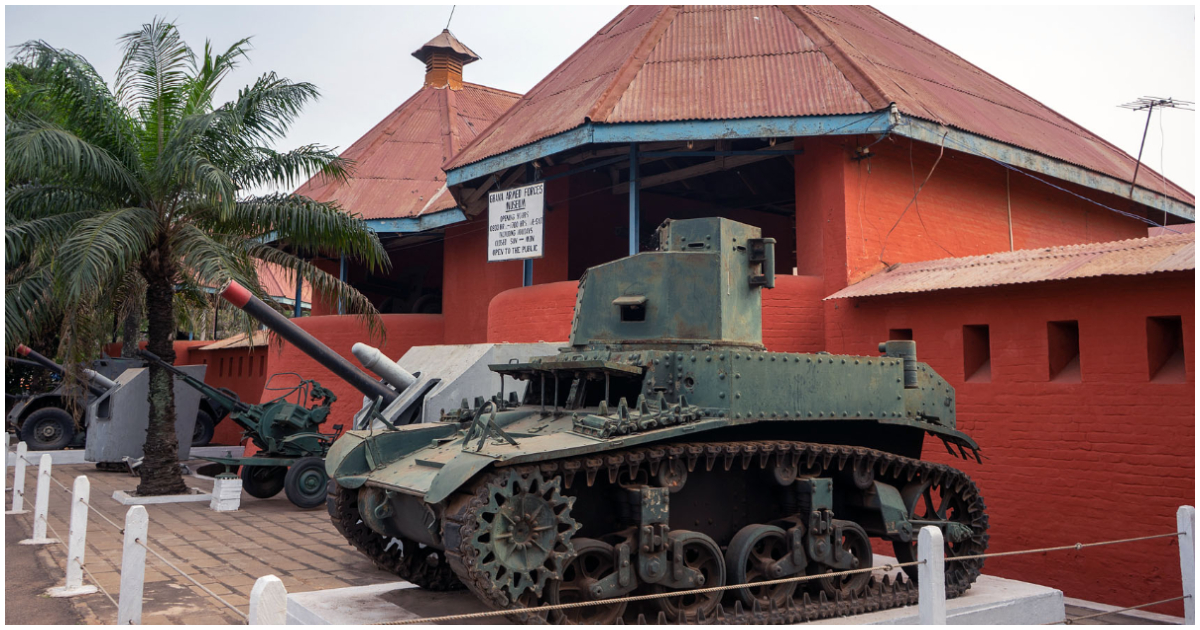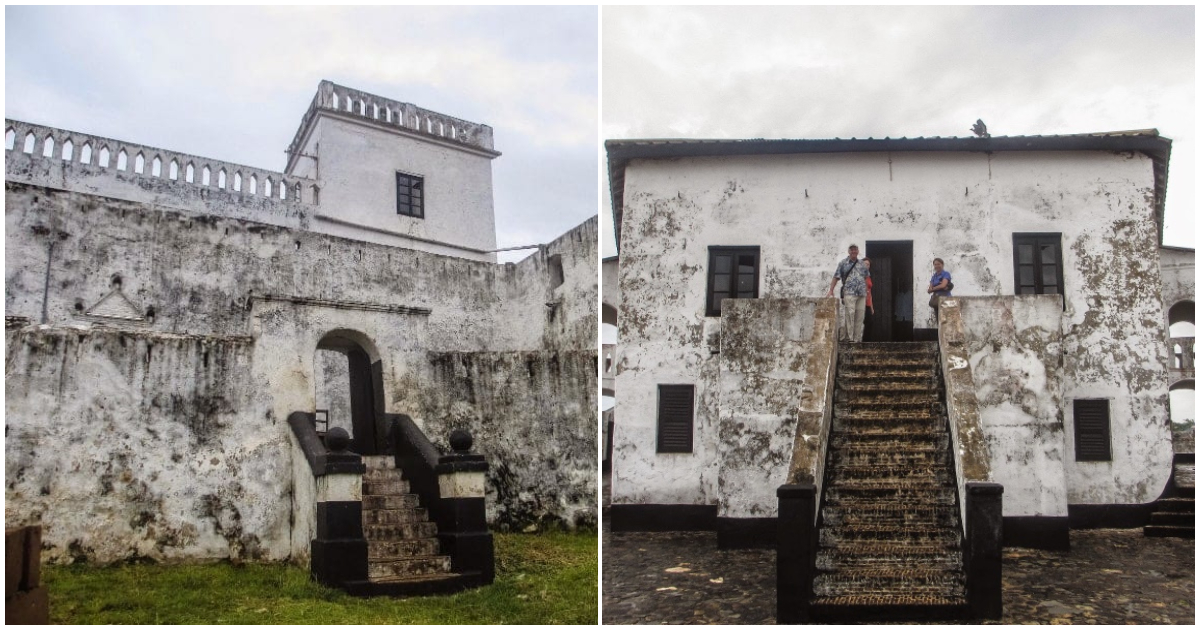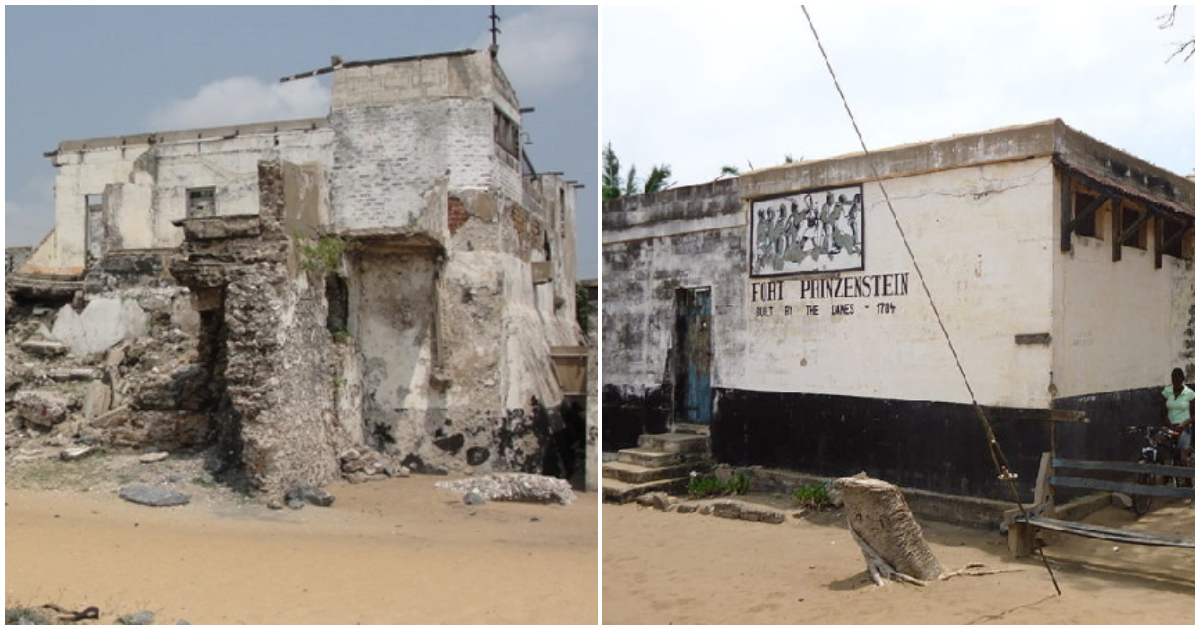Fort Santo Antonio, Fort Prinzenstein, And Other Amazing Forts In Ghana That People Did Not Know Existed
- Ghana boasts of several forts, many of which were built during the colonial period in the country
- At various points, traders from Portugal, Spain, Denmark, Sweden, Holland, Germany, and Britain built and inhabited the forts and castles
- Today, many of them serve as museums and tourist attractions that tell the story of Ghana's dark past
New feature: Check out news exactly for YOU ➡️ find “Recommended for you” block and enjoy!
Most people believe that the forts and castles were built in just a few parts of Ghana during the colonial period. However, the horrors of that era were felt by Ghanaians equally in the entirety of the country. Numerous forts hold untold stories, some hidden and some not publicised enough, that hold information which can make Ghanaians appreciate their history. Below are three forts in Ghana that most Ghanaians do not know about.
Kumasi Fort and Military Museum

Read also
Menzgold and other buildings in Ghana that were forced to shut down because of illegal operations

Source: UGC
The Kumasi Fort and Military Museum is one of the few military museums in Africa. It is situated at the Uaddara Barracks in Kumasi, Ghana. The Kumasi Fort was constructed in 1820 by the then Asantehene, Osei Tutu Kwamina, the ruler of the Asante Kingdom, to emulate the coastal forts constructed by European traders.
After being destroyed by British soldiers in 1874, the Kumasi Fort needed to be rebuilt. This was done in 1897 by porters who transported granite and tan soil from Cape Coast to Kumasi to rebuild the fort.
PAY ATTENTION: Follow us on Instagram - get the most important news directly in your favourite app!
Fort Santo Antonio

Source: UGC
Fort Santo Antonio, also known as Fort Saint Anthony, was a Portuguese fort constructed in 1515 close to the town of Axim. The Dutch took over the fort in 1642 and made it part of their colony. In 1872, the Dutch handed Fort Santo Antonio and the rest of their colony to the British. The fort is presently owned by the government of Ghana and is accessible to the general public.

Read also
1st architect, surgeon & more: 3 Achimota School past students who were Ghana's 1st achievers
Fort Prinzenstein

Source: UGC
Fort Prinzenstein was built by the Danes in 1784 as a defence against the local Anlo Ewes during wars to protect the colonial powers. It was also a ground for slave trading by serving as a detention facility for enslaved people awaiting shipment to the Caribbean. The Danes sold the fort and their colony to Britain in 1850. Before the sea partially submerged the fort in 1980, it served as a jail for a while. Tourists can now visit the fort's remnants.
The Larabanga Mosque, Elmina Castle and Other Historical Buildings in Ghana That are a Must-See for Ghanaians
In an earlier story, YEN.com.gh wrote about four historical buildings every Ghanaian should visit. Historical buildings in Ghana, such as the Elmina Castle and Larabanga Mosque, are a significant part of the nation's rich cultural legacy.
They are extremely old structures that either serve as symbols of identity and solidarity or convey tales of persecution, tenacity, and bravery. The Ghanaian government has worked to conserve some ancient structures and artefacts that stir intense feelings among Ghanaians.
New feature: Check out news exactly for YOU ➡️ find "Recommended for you" block and enjoy!
Source: YEN.com.gh
